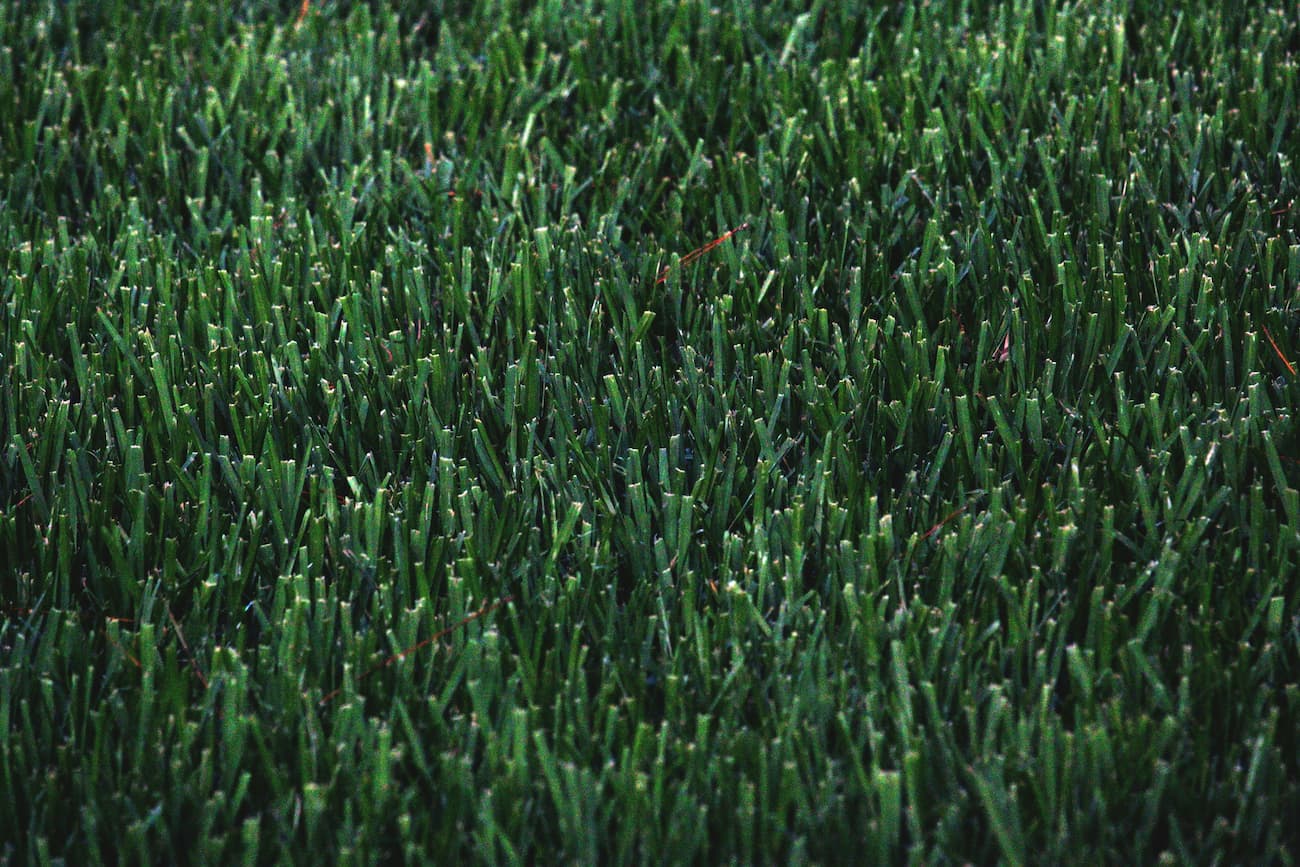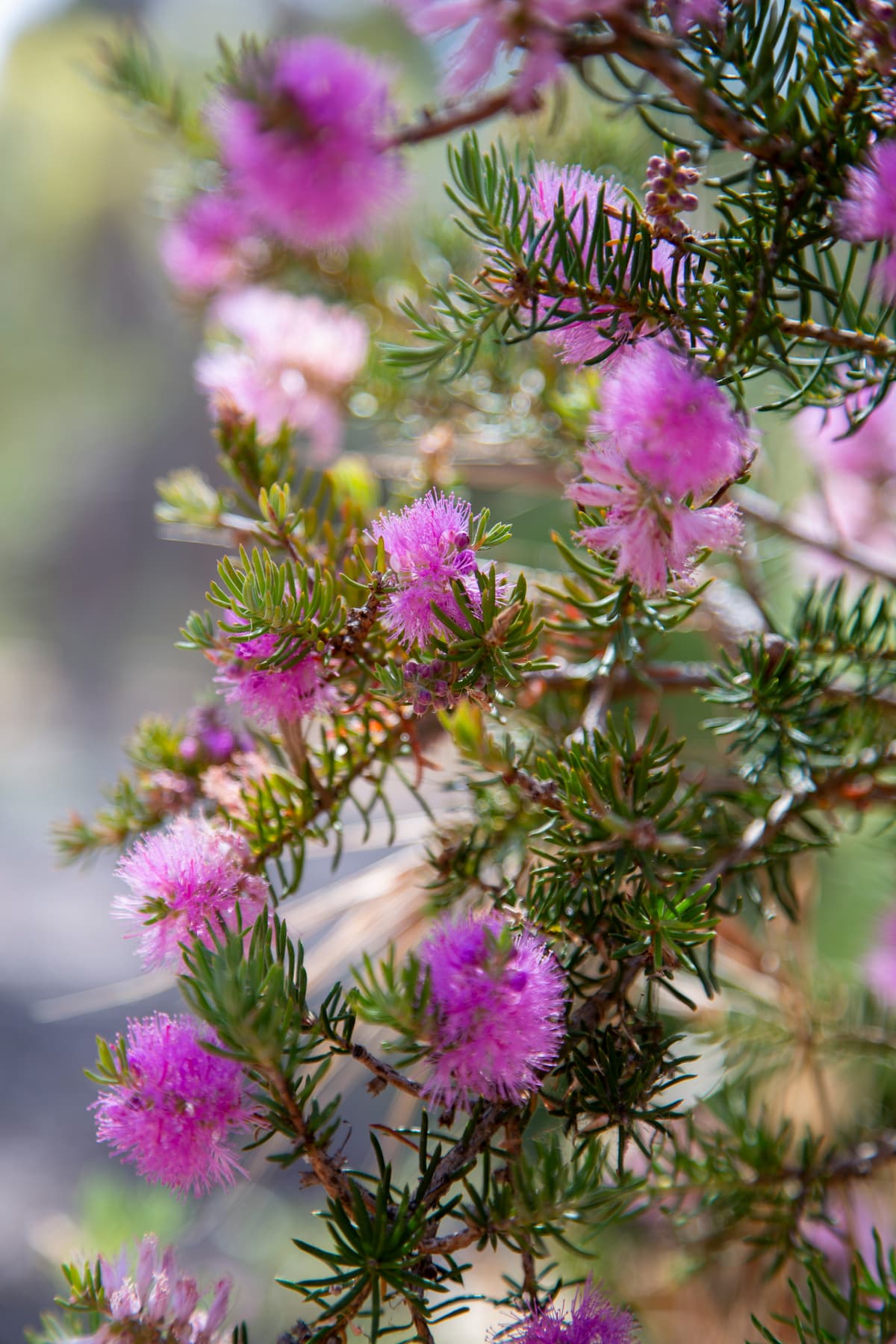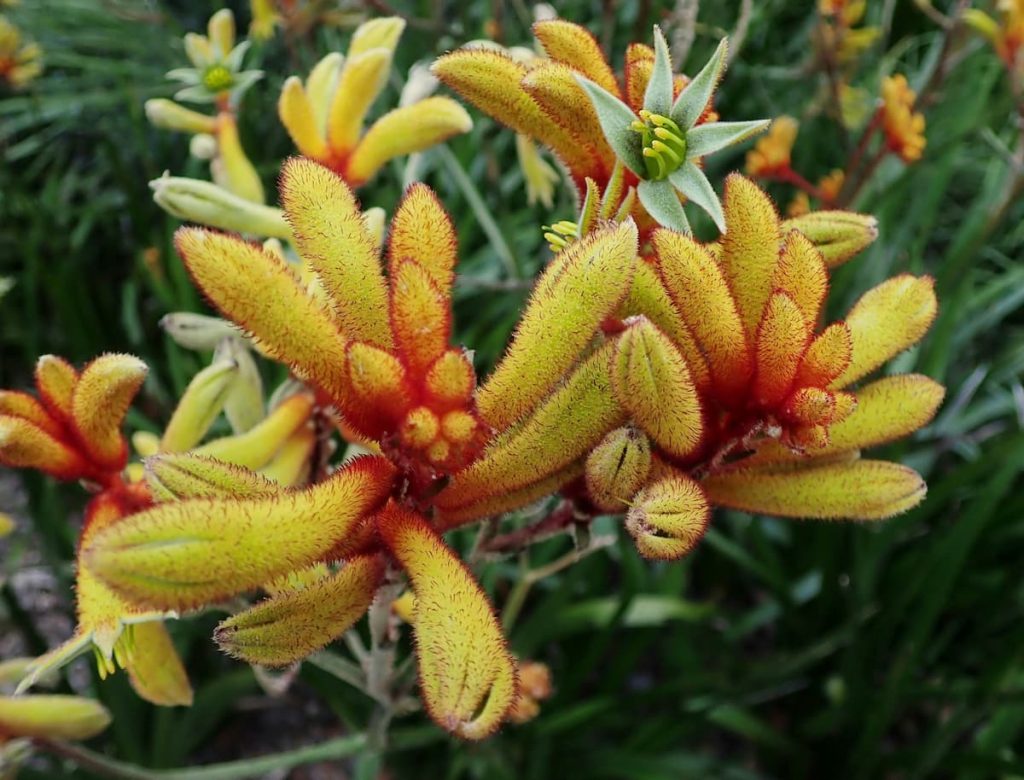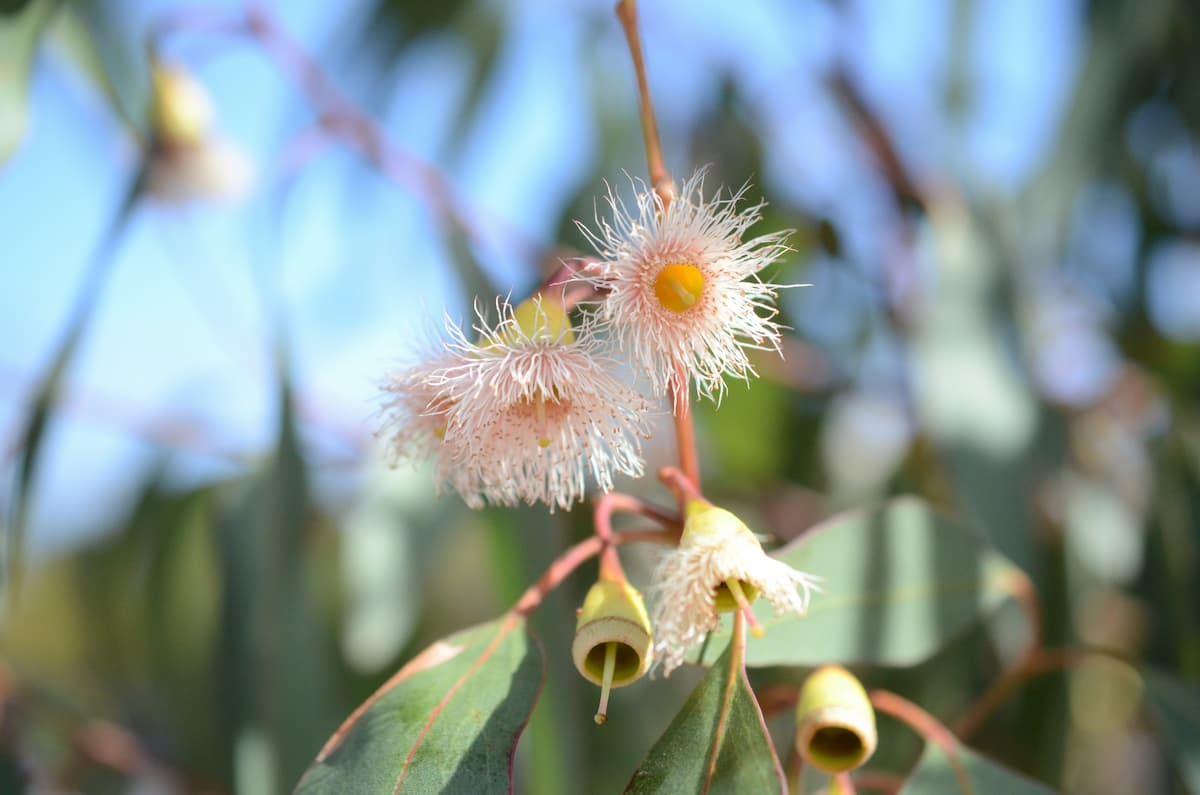When Sarah and Michael purchased their 1960s brick home in Sydney’s Inner West, the front garden was exactly what you’d expect – a rectangle of tired buffalo grass, two struggling roses, and a concrete path that had seen better days. Three years later, their garden stops neighbours in their tracks and has become a neighbourhood talking point. Here’s how they transformed a mundane lawn into a contemporary native oasis that perfectly complements their mid-century home.
The Vision Takes Shape
“We knew we wanted something different,” Sarah explains, surveying her now-stunning front garden. “The lawn was pointless – we never used it, it went brown every summer despite constant watering, and mowing was just another weekend chore. We wanted a garden that would make us smile every time we came home.”
The couple spent months collecting inspiration, creating mood boards filled with contemporary Australian gardens. They were drawn to the combination of native plants with modern hardscaping, spaces that felt designed rather than just planted. The turning point came when they attended a sustainable garden tour and saw how beautiful water-wise gardens could be.
Their design brief was clear: create a low-maintenance, drought-tolerant garden that would provide year-round interest, support local wildlife, and enhance their home’s street appeal. They wanted to retain the mid-century character while adding contemporary touches that would make the space feel current and personally theirs.
Breaking Ground
The transformation began in autumn 2021. First to go was the lawn – all 85 square metres of it. “Removing the lawn felt like such a bold move,” Michael recalls. “Our neighbours thought we were crazy, but we knew it was the right decision.” They hired a bobcat for the day, stripping away decades of compacted turf and tired soil.
With a blank canvas established, they could address the garden’s levels and drainage issues. The block’s gentle slope toward the street had always caused water to run off rather than soak in. By creating subtle terraced levels with recycled hardwood sleepers, they turned this challenge into a design feature that would showcase plants at different heights.
The existing concrete path was jack-hammered out, replaced with a meandering decomposed granite pathway that curved invitingly toward the front door. This simple change immediately softened the garden’s feel and created planting pockets that would later house feature specimens.
Plant Selection and Placement
Working with a local landscape designer who specialized in native plants, they selected species that would thrive in their specific conditions – full sun, well-draining soil, and minimal supplementary water. The plant palette combined architectural specimens with softer, flowing forms.
Three grass trees (Xanthorrhoea glauca) became instant focal points, their dramatic forms providing year-round structure. Around these anchors, they layered Westringia ‘Jervis Gem’ for its compact, silver-grey foliage and reliable flowering. Lomandra ‘Tanika’ created rivers of fine texture along the path edges, while pink-flowered Crowea ‘Festival’ added delicate colour.
For the understory, they chose a tapestry of groundcovers: native violets (Viola hederacea) for shady spots near the house, Myoporum parvifolium as a robust carpet in sunny areas, and Chrysocephalum apiculatum (yellow buttons) for cheerful golden pompoms throughout the year.
The Finishing Touches
As the plants established through winter and into spring, attention turned to the details that would elevate the garden from nice to spectacular. A striking water bowl, positioned where it could be seen from the living room window, became a magnet for local birds. Carefully placed rocks from a Canberra supplier added textural interest and helped define planting areas.
One detail that perfectly captured their attention to design was the installation of custom house numbers from Peninsula House Numbers. “We’d always had those generic hardware store numbers that were barely visible,” Sarah laughs. “When we discovered Peninsula House Numbers, we knew their contemporary designs would be the perfect finishing touch.” They chose sleek, oversized numbers in monument powder coat that now float proudly on their rendered fence pillar, making their home unmistakably theirs while improving visibility for deliveries and guests.
Strategic lighting transformed the garden after dark. Uplights highlighted the grass trees’ architectural forms, while soft path lighting ensured safe navigation. Solar-powered lights meant no trenching for cables, keeping installation simple and sustainable.
Living with the Transformation
Two years after planting, the garden has exceeded all expectations. “We spend more time in our front garden now than we ever did when it was lawn,” Michael notes. “There’s always something happening – honeyeaters visiting the westringias, blue-banded bees buzzing around the croweas, or skinks basking on the warm rocks.”
Maintenance has proven minimal, as promised. No weekly mowing, no constant watering, just occasional pruning to keep shapes tidy and mulch top-ups twice yearly. The decomposed granite paths need only occasional raking to look fresh. Even during water restrictions, the garden thrives on rainfall alone.
The neighbourhood response has been overwhelmingly positive. Several neighbours have since removed portions of their own lawns, inspired by Sarah and Michael’s success. The garden has become a conversation starter, with passing walkers often stopping to admire the design or ask about specific plants.
Lessons Learned
Reflecting on their journey, the couple offers advice for others contemplating similar transformations. “Don’t try to do everything at once,” Sarah suggests. “We were tempted to plant heavily from day one, but giving plants space to grow naturally created a much better result than cramming everything in.”
They also emphasize the importance of soil preparation. “We spent considerable time and money improving the soil before planting. Adding compost and creating good drainage made all the difference to plant establishment.”
Working with professionals for specific tasks proved valuable. While they did much of the work themselves, hiring experts for the bobcat work, sleeper wall construction, and design consultation ensured a professional result. “Know your limits,” Michael advises. “Some jobs are worth paying for.”
The Ripple Effect
Their transformation extends beyond aesthetic improvements. The garden now captures and infiltrates rainfall rather than sending it down storm drains. It provides habitat for urban wildlife and requires no chemical inputs. The variety of flowering plants ensures year-round nectar sources for pollinators.
“We’ve created our own little ecosystem,” Sarah reflects. “Every morning I have my coffee on the front porch, watching the garden wake up. It’s become my favourite room of the house – and it’s outside!”
Their Sydney transformation proves that lawn isn’t mandatory, that native plants can create sophisticated gardens, and that thoughtful design turns ordinary spaces into personal oases. From the statement grass trees to the Peninsula House Numbers marking their entrance, every element contributes to a cohesive whole that enhances both their lifestyle and their neighbourhood.
For anyone contemplating a similar journey, their story offers inspiration and practical proof that trading lawn for a designed landscape delivers returns far beyond mere aesthetics. It’s about creating spaces that reflect our values, support our environment, and bring daily joy – surely the ultimate goal of any garden transformation.






